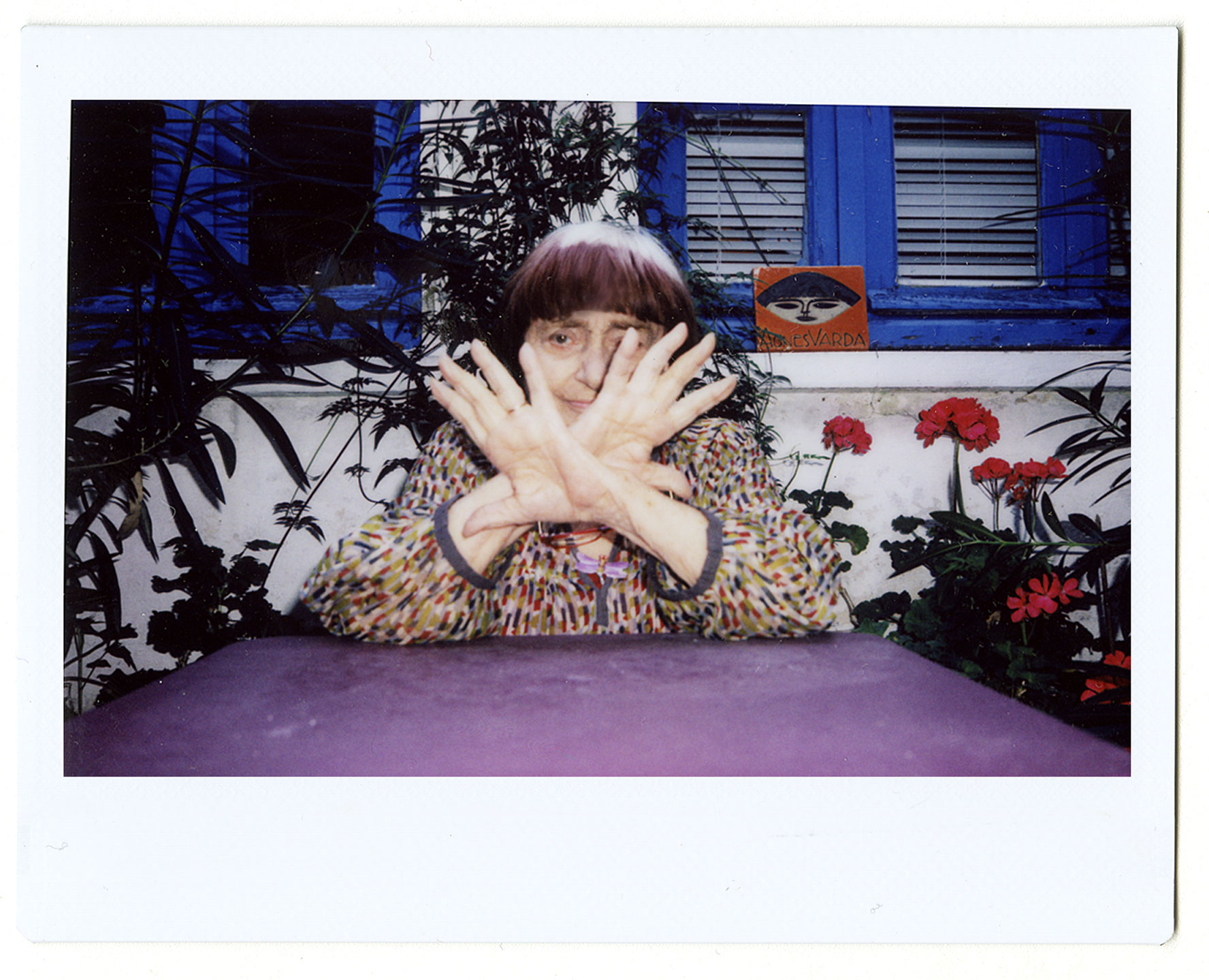Cate Blanchett, Carrie Mae Weems and FKA twigs sit casually, chins in hand for their Polaroid portraits. It’s clear that in these moments they’re very much themselves — not the characters or performers we have relegated to some sort of superhuman status. And that’s because the man behind the camera is Hugo Huerta Marin. Part photographer, part graphic designer and art director, Hugo hails from Mexico City and came to New York when he was 25 with the hopes of one day opening his own art gallery. Under the tutelage of Serbian conceptual artist and icon Marina Abramović, Hugo has built a successful, multifaceted career grounded in identity, gender and culture.
His first book and latest project, Portrait of An Artist: Conversations with Trailblazing Creative Women, juxtaposes raw Polaroid snapshots and in-depth interviews with 27 women whose names have been engraved in a collective cultural memory. The full list of artists, along with the aforementioned three, feels too exemplary to be true: Agnès Varda, Anjelica Huston, Ann Demeulemeester, Annie Leibovitz, Annie Lennox, Catherine Deneuve, Charlotte Gainsbourg, Debbie Harry, Diane Von Fürstenberg, Inez van Lamsweerde, Isabelle Huppert, Jenny Holzer, Julianne Moore, Kiki Smith, Marina Abramović, Miuccia Prada, Orlan, Rei Kawakubo, Shirin Neshat, Tania Bruguera, Tracey Emin, Uma Thurman, Vivienne Westwood and Yoko Ono.
Ahead of the photo book’s release, we sat down with Hugo to discuss the impetus behind his latest work, how he establishes such intimacy with his subjects and what’s next for his art career.
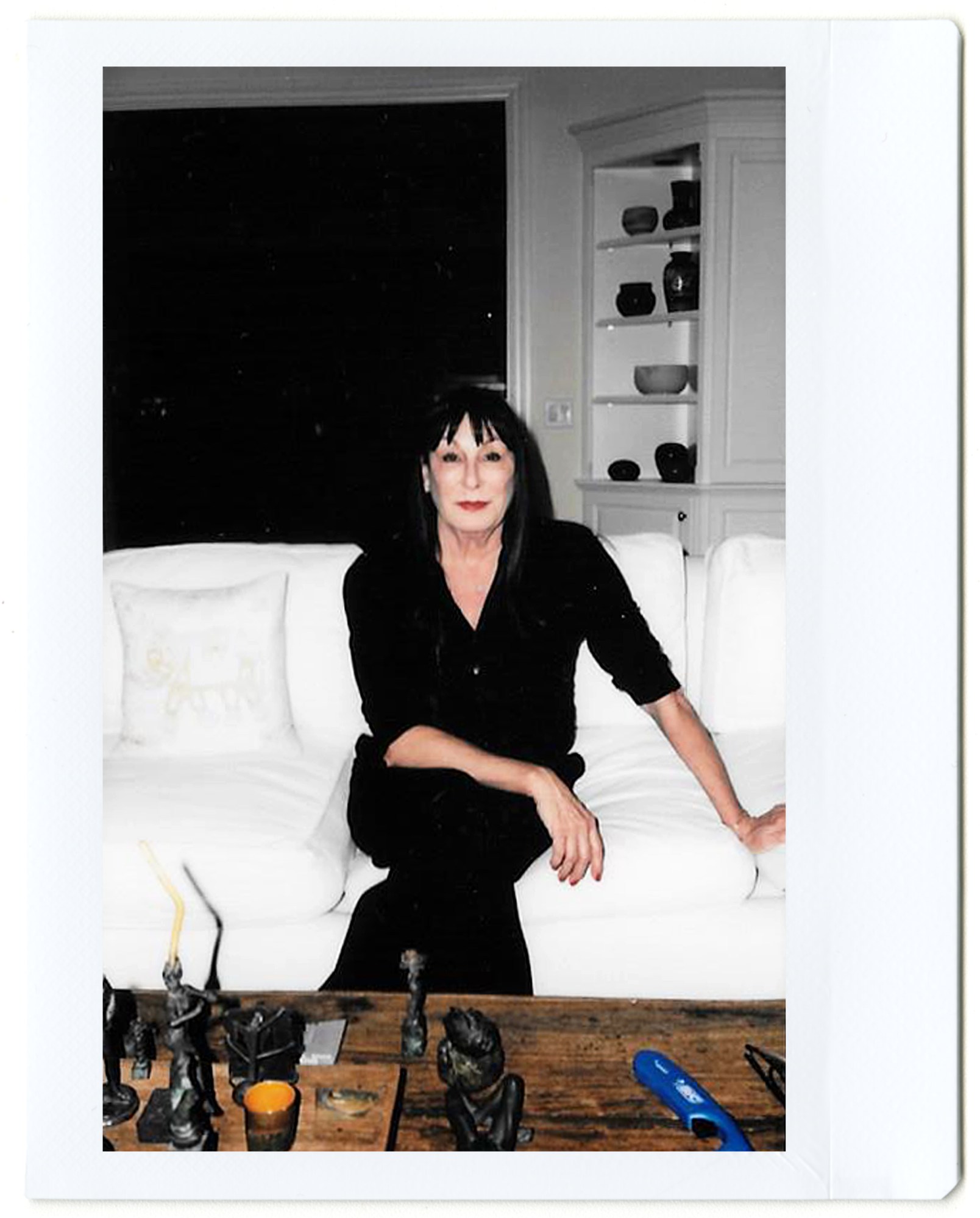
Let’s start with the basics — who you are, where you’re from and how you entered this creative space…
I was always very keen on the arts in general. I went to design school in Mexico City — the only design school we have here. Once in New York, one day I went to the Guggenheim to apply for a job in their design department. That’s where I met Marina Abramović. And that’s more or less how it all started for me. I’ve been working for her for eight years now; I’m her art director. She encouraged me to start exploring my own personal projects, to open this artistic side of me without fear. It takes a while to say, “I’m an artist”. She really pushed me in that way. But I wouldn’t say that I’m a photographer. A lot of people tell me that I am. To me, photography is just a tool for communicating or expressing myself. And sometimes it’s photography, sometimes it’s a drawing, sometimes it’s an installation, sometimes it’s an object. I’ve also done some sculptures in clay. So it really depends. Sometimes I’m working on a book, sometimes a catalog. I curate the images, the layout, the cover, all with her. Somehow I understand her mind, and she understands mine. We’ve also worked in concerts, at a gala, for movies. They each require a different sort of visual approach.
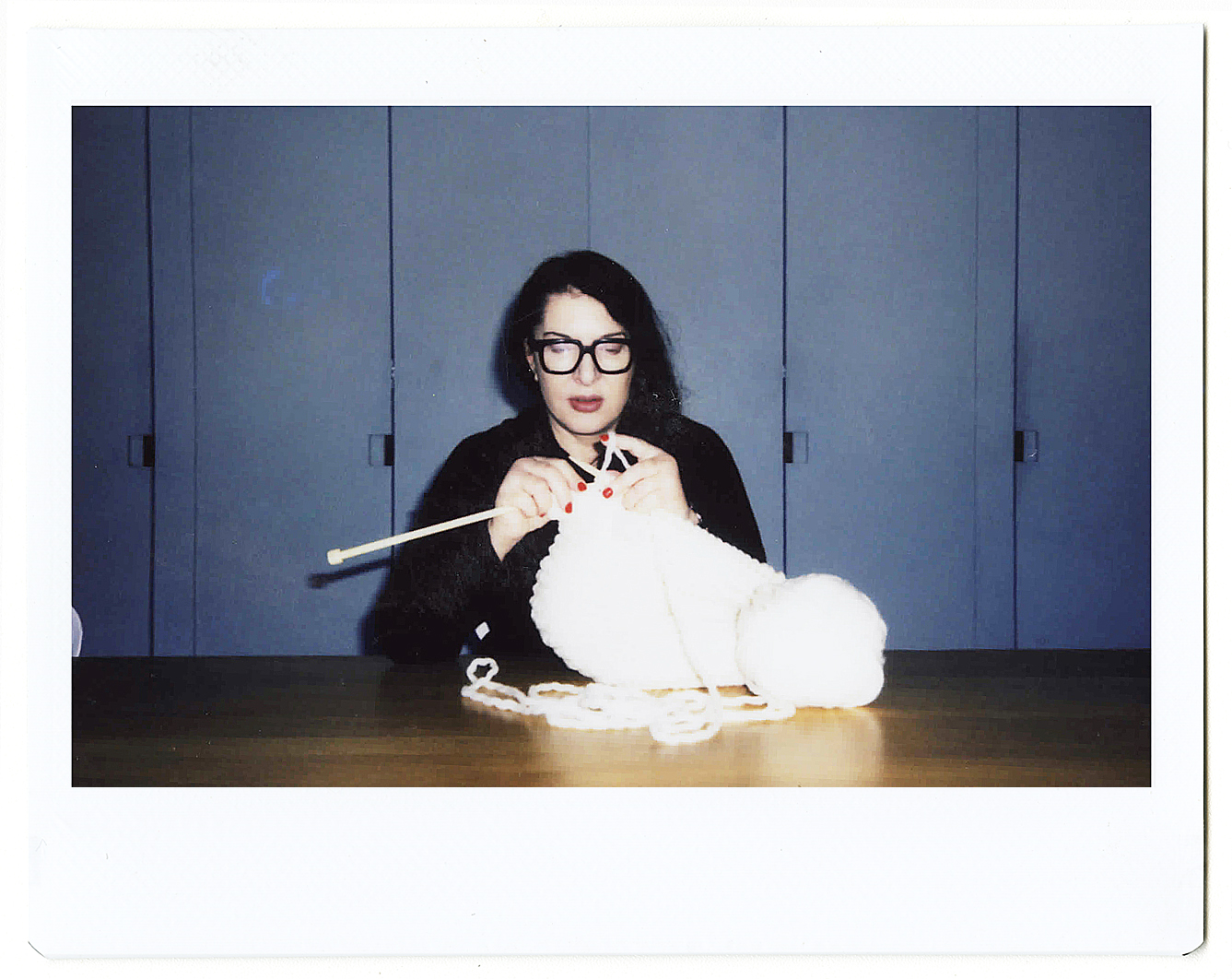
These various mediums have come to fruition in your first book. And you did all the writing, too. How did you come up with the idea?
Marina and I were working upstate in New York, and I really felt the desire to take her portrait. I wanted to use something very candid, like a Polaroid. I wanted to capture her essence — no artificial lighting or anything. And then I started interviewing her. The process and the result were really nice, so I decided to look for other artists that have been muses in my life. I’m a gay Mexican artist and I’ve always looked up to women. My mother, my sister and then Marina. So to me, making this book really made sense: it’s art of artists that I really admire, who have shifted the culture.
I’ve been praised for doing this, but people also question why, as a man, I’m writing about women. I’m just portraying the women artists that I’ve admired the most. And bringing in their voices. As a Mexican, Latin American, gay man… I have my own ideas, my own desires, my own questions. It’s interesting for me to see how a woman working for 50 years in the art system deals with these things.

So you decide to make this a bigger project, to capture more people. And you get these unbelievable, powerful women from all walks of life. How did you decide on this group of women? And how did you pull it off?
I started with the visual artists who were closer to my initial vision. I thought they would understand the project better. Once they were involved, it was easier for me to invite the others. I saw this group as a collective. I could have invited writers and architects, but I chose the four realms in culture that I enjoy the most: music, art, fashion, and film. And I selected them by instinct.
There’s a film called Manifesto, with Cate Blanchett, that I saw at the Park Avenue Armory. I remember being shocked by her performance. Like, what a real artist. And Anjelica Huston, for instance, broke the mold in the fashion industry and was working with Wes Anderson back in the day. FKA Twigs is divine, and she’s super smart: we talked about being a Black woman in the music industry nowadays. I was sure that if these women spoke to me, they probably would speak to a lot of other people around the world. These are women who have really pushed the boundaries, and it’s easier to have sort of dangerous conversations with them.
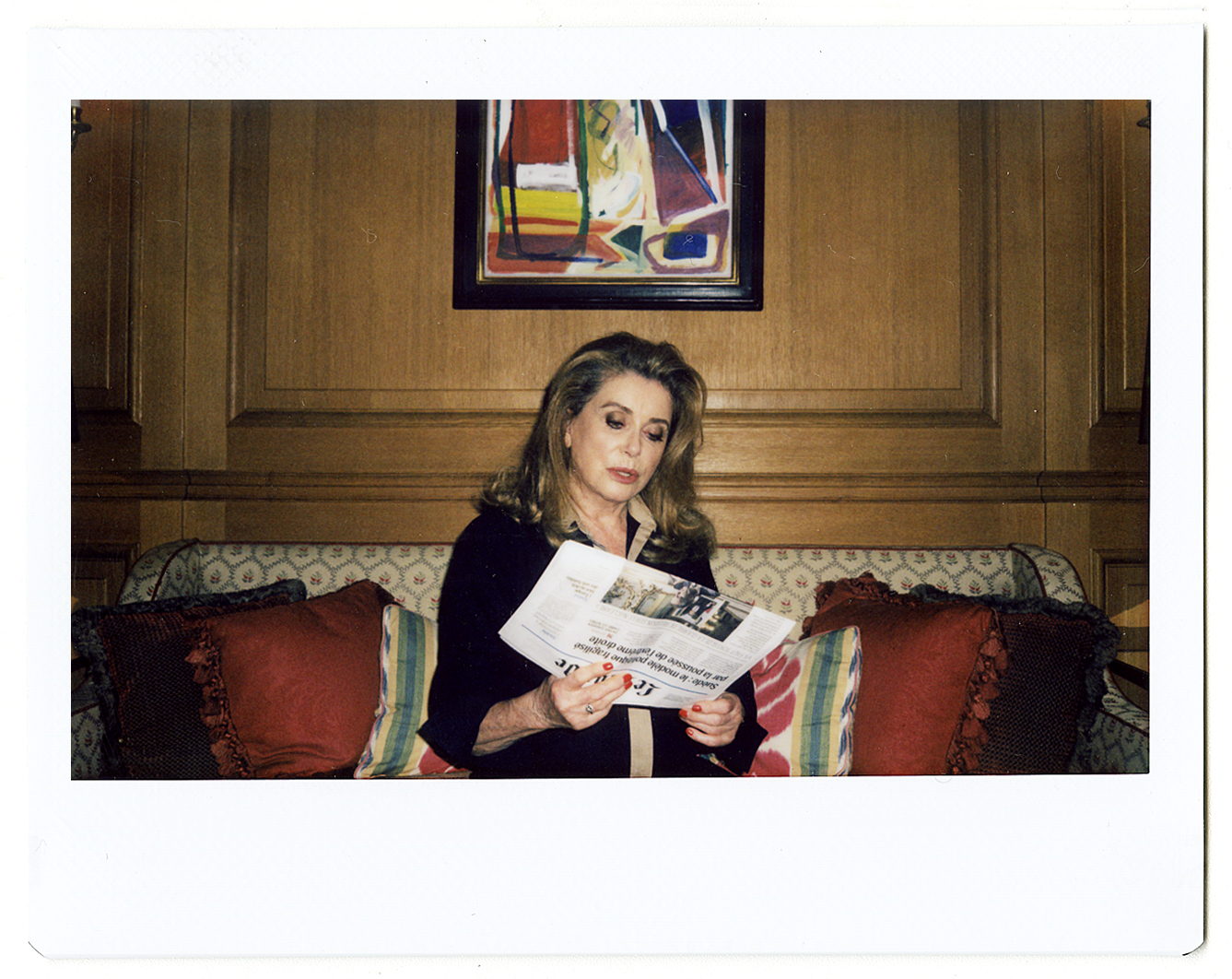
How did you approach the interviews?
These are women whose work I’ve known for quite a while. It was very important for me to really portray them. To show the readers — other artists, fashion students, some gay guy in Latin America — who these women are. I was also candid in my photos. Polaroids, to me, felt very natural. I would capture them after we had our interview because of the intimacy we shared. I believe it’s very important that you feel related or at least trust the person that’s in front of you. But, you know, for Catherine Deneuve, she entered the room in a Parisian hotel and everybody [started] freaking out! We just wanted to make it happen.
How do you hope people will respond to Portrait of an Artist?
I haven’t thought about it because I don’t want to build any expectations. I just feel it’s important to highlight, especially in these times, the people who have really broken the mold and opened the path for other minorities. It started with women.
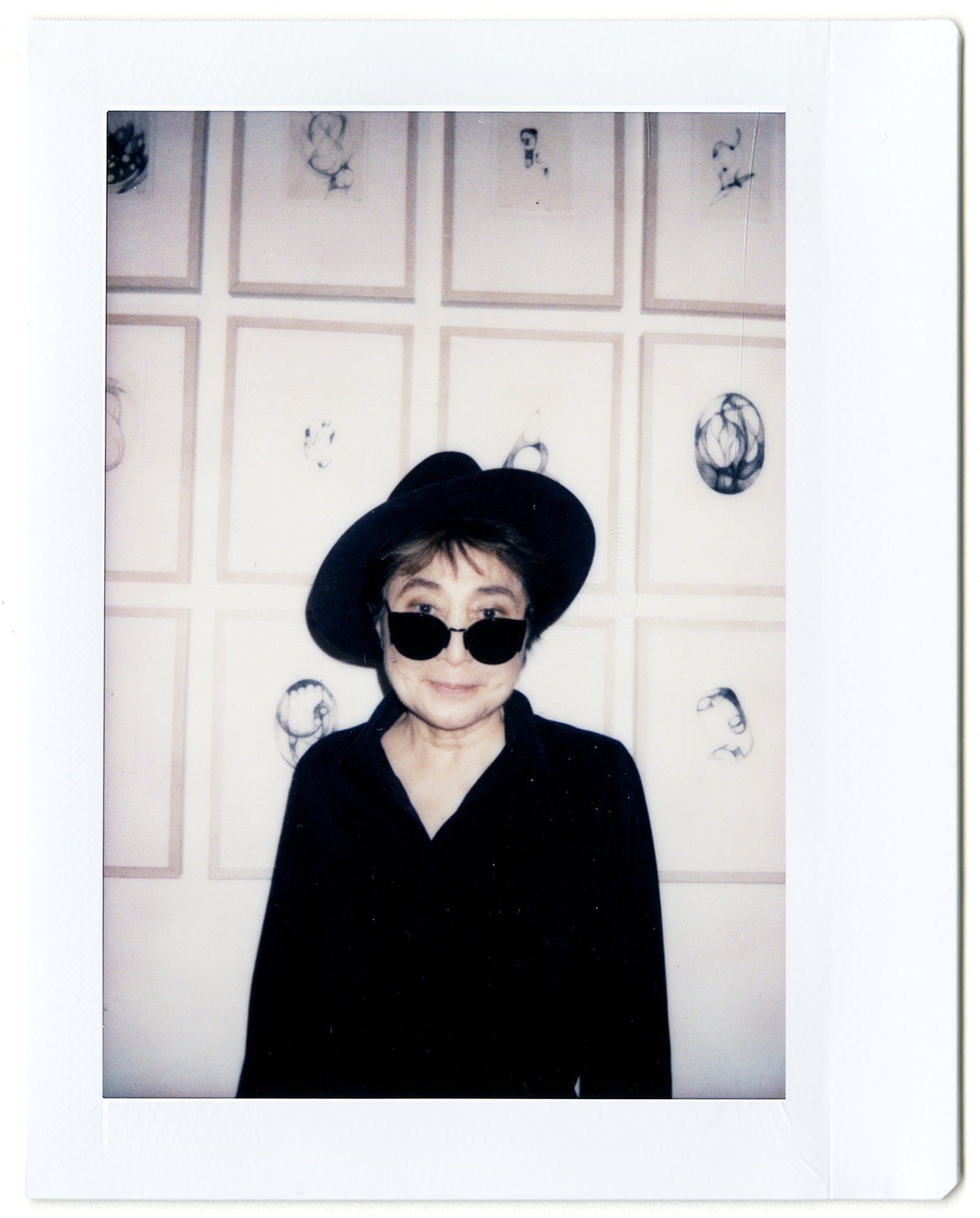
Some of these interviews will be debuting nearly seven years after they happened. How does that feel?
Obviously, things have changed. Agnès Varda is no longer here with us. It was a total pleasure and an honour for me to have interviewed her right before she passed away in 2019. I think, like the title, it’s a nice way to show how I worked with these women in that specific moment. It’s a reminiscence, a memory. And this was one of my questions for most of these women: how has your mindset changed since you began your career 20, 30, 40 years ago? Are your ideas coming from the same place or have they changed? It’s interesting to see the evolution within these creative minds.
And how have you evolved since starting this project? What’s next?
Over the years, my life has changed so much. I was in my twenties when I started this book, [now] I’m in my mid-thirties. I’m actually working on a second book. I wanted to include a trans woman, obviously, but I thought it was such an important thing, as a gay person, to make a new book about LGBTQ+ artists that shifted the culture over the course of their careers. I’m happy. The core of my work is about gender and cultural identity. That’s how I explore and meander through the world. So I want to keep doing that.

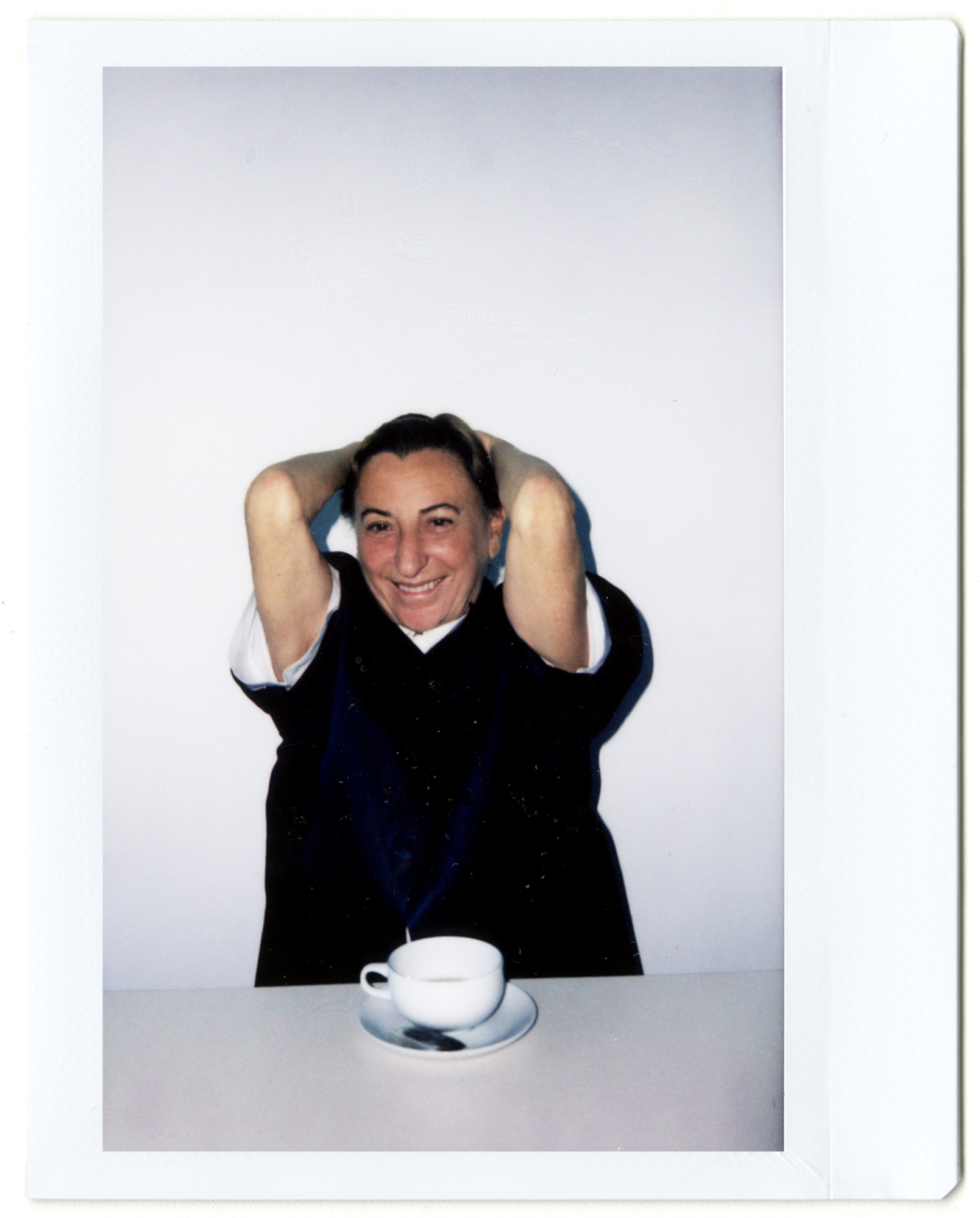
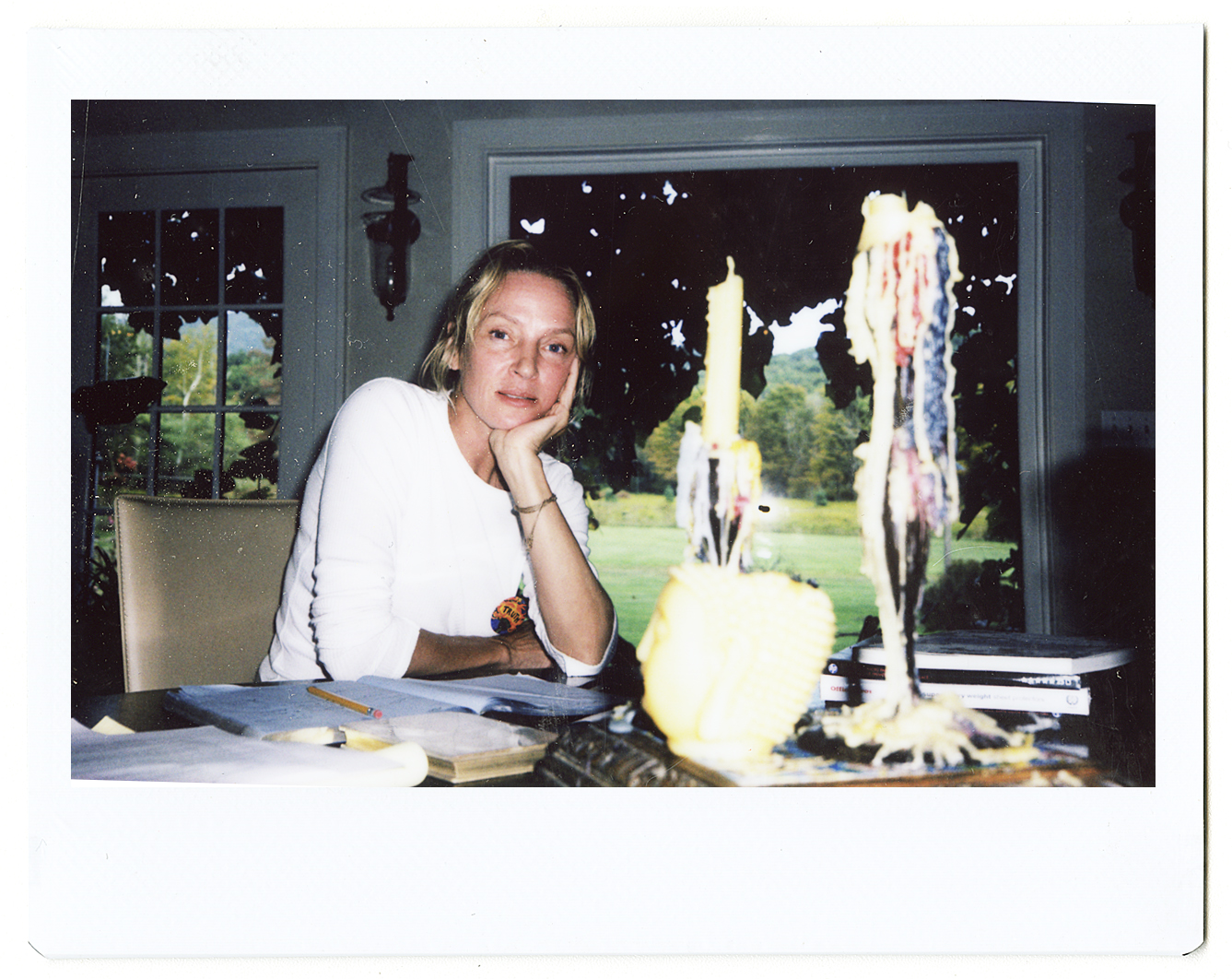
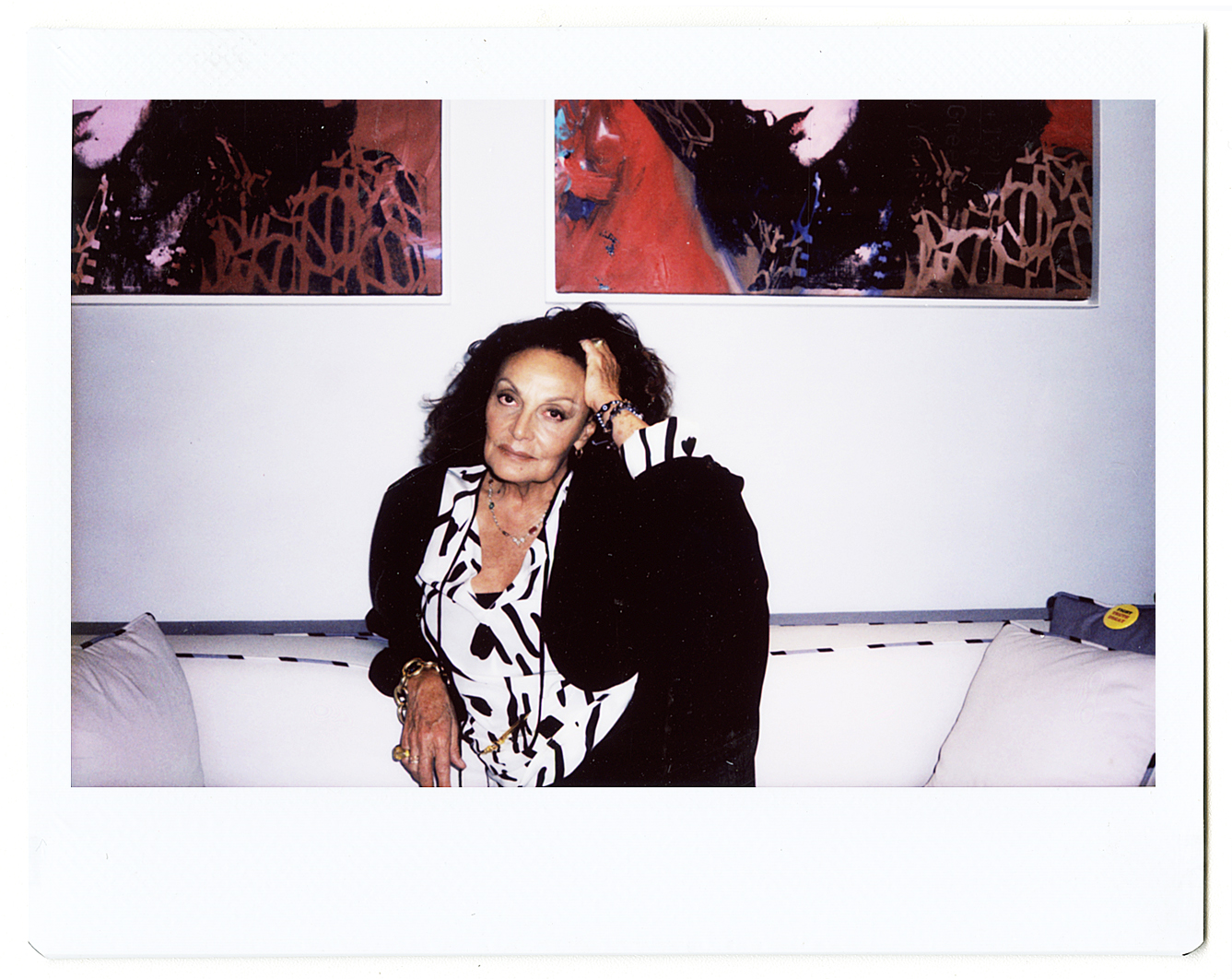
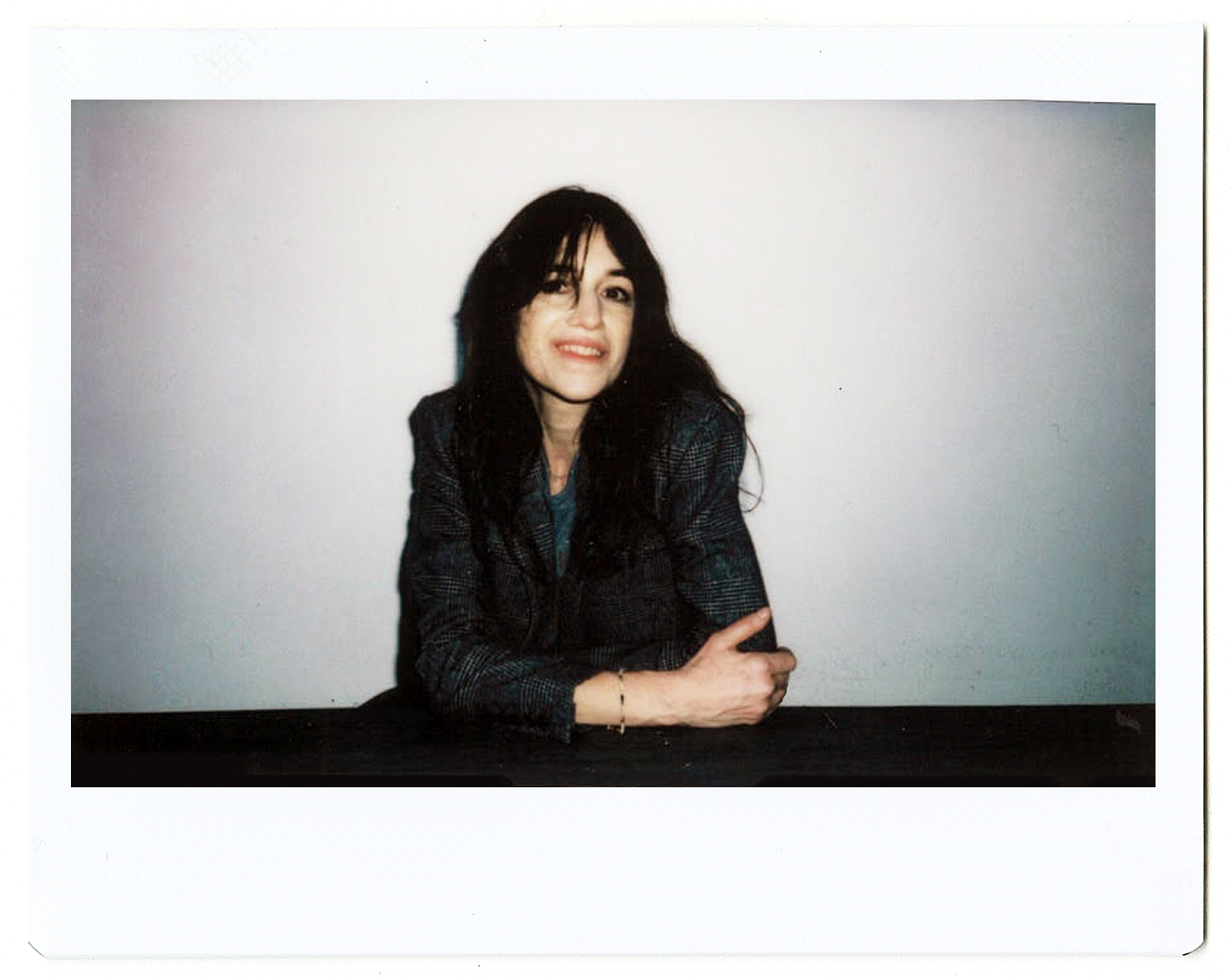
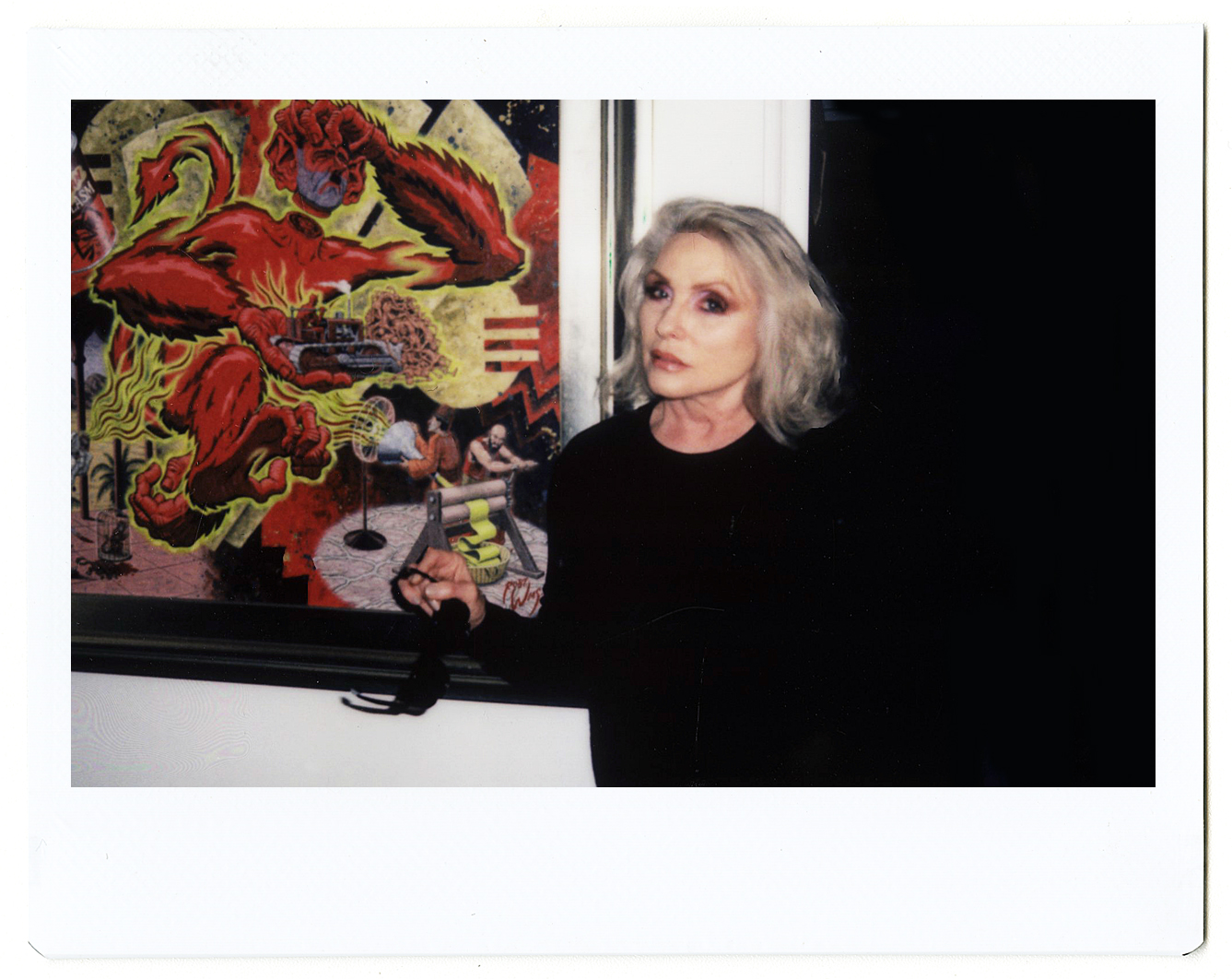
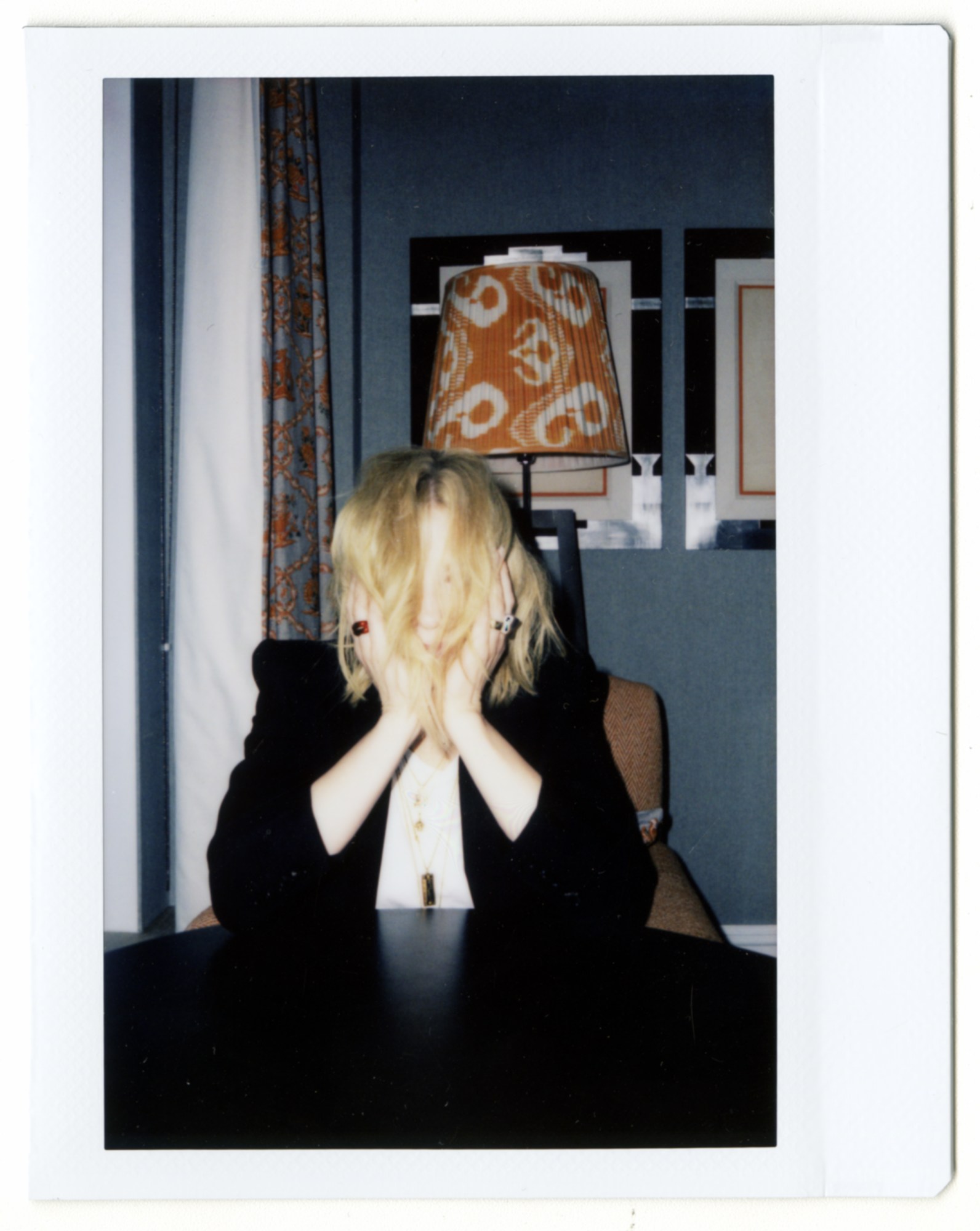
Portrait of an Artist: Conversations with Trailblazing Creative Women can be pre-ordered from various stockists found here.
